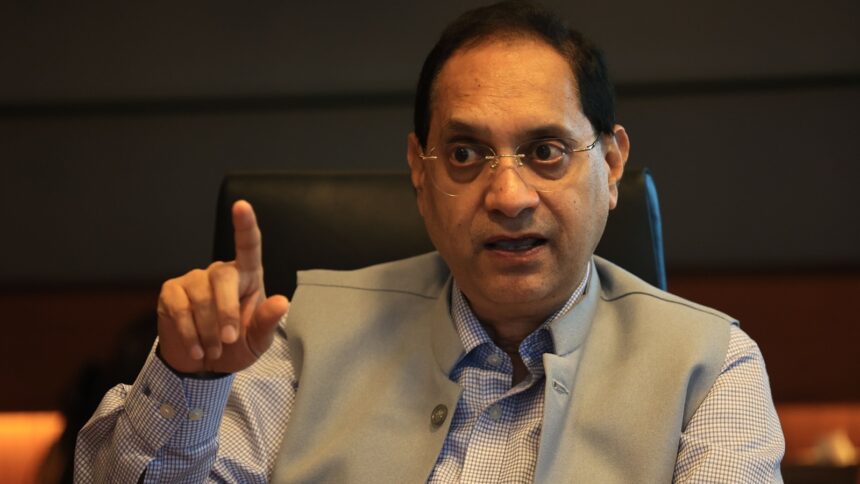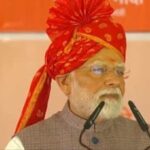THERE WAS “virtually no public disclosure” for those at the helm of market regulator Securities and Exchange Board of India, not even meeting “minimal expectations”, told The Indian Express.
This candid admission comes within three months of his taking over the charge at Sebi from Madhabi Puri Buch whose controversial three-year term ended in February. She and her husband Dhaval Buch had faced allegations that they held investments in offshore funds, in which associates of Adani Group Chairman Gautam Adani’s brother, Vinod Adani, had also invested. The Buchs had denied these allegations.
While taking charge at SEBI, he said, there was a “narrative” about conflict of interest at the helm of SEBI, and this had to be tackled “head-on”. “If you have a problem and there are questions, you need to answer in a systematic way,” Pandey said.
SEBI then set up an independent committee to look into the aspects of conflict of interest and suggest a framework that can be implemented after due discussion. When the framework gets ready, it will also really “put to rest this narrative that – we have to hide”, Pandey said.
When the Hindenburg allegations first surfaced, Sebi had defended its chairperson and said the regulator has adequate internal mechanisms for addressing issues relating to conflict of interest, which include a disclosure framework and provision for recusal.
On August 10, 2024, the US-based research firm alleged that “it suspects SEBI’s unwillingness to take meaningful action against suspect offshore shareholders in the Adani Group may stem from Sebi Chairperson’s complicity in using the exact same funds used by Vinod Adani, brother of Gautam Adani.” Quoting “whistleblower documents”, it had alleged, “SEBI’s Chairperson had a stake in obscure offshore entities used in Adani money siphoning scandal.”
The conflict of interest in SEBI raised big questions about integrity and the conduct of the Chairperson, in a way denting the image of the regulator.
“In terms of conflict of interest, whenever you see the 2008 document that we had for the chairman and the board, and then there are employee regulations, I found there was virtually no public disclosures,” Pandey said. “The conflict of interest in SEBI’s case is much wider. It’s a very difficult concept also. Like, how are you? Where is your thing? What is family? Where does it extend? Because virtually the listed companies are everywhere,” he said.
Pandey also advocated a proper recusal process and said, “If SEBI officers are working, then where should they recuse and where should they not recuse? If you say that my cousin’s son and others are working or employed somewhere, I will not write orders. Is it okay?” So, you have to be really defining and clearly saying where the recusal will come, how the recusal will be recorded, and how the recusal will be maintained? So, therefore, what we have suggested is that let an independent committee, which has got eminent people from different sides.”
“I had promised that we will set up a committee and a (high-level) committee (to review conflicts of interest of SEBI’s board members) has been constituted. They are already working quite hard and they had meetings and they are taking inputs and working on those. So, in the next three months they will have the report,” Pandey said.
“If you see the constitution of the committee, they are very well-meaning people, with a lot of experience in others, and they can actually dependently assess by taking a larger public opinion and best practices,” Pandey said. “They can just look at it and suggest a framework. This framework then comes to the board and our board takes a view, and we will implement that framework. It will help in various ways, not only this organisation, but will also really put to rest this narrative that – we have to hide,” he said.
“What we have to hide, we should hide in a manner which is actually sort of mandated, means while you are investigating, you have to be hiding and you have to reveal only when your investigation is complete,” Pandey said.
“But in terms of conflicts also, what is to be reported, what is not to be reported to whom to be reported, how is to be reported – this framework needs clarity. Otherwise, there will be confusion,” Pandey said.








